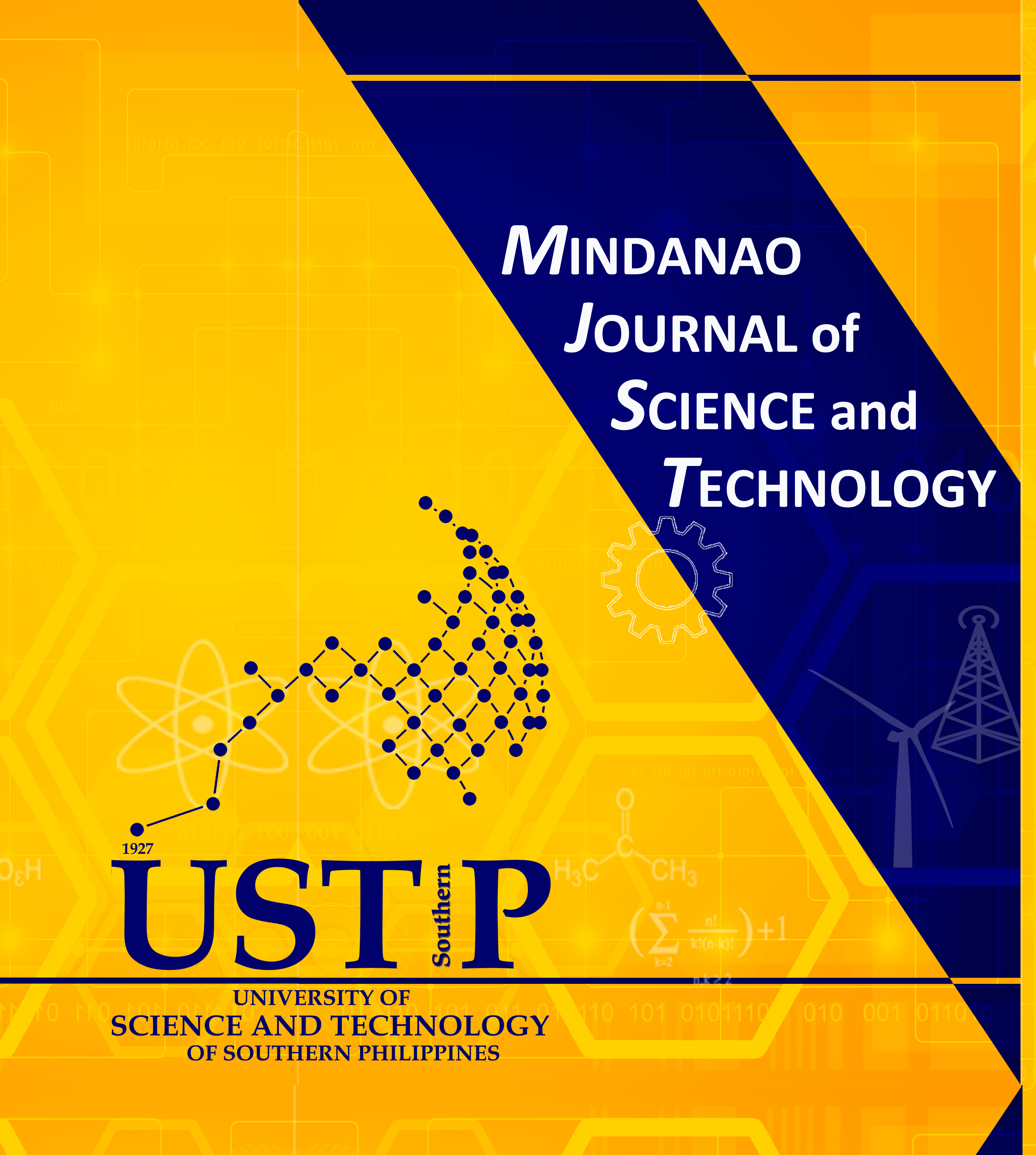Performance Evaluation of Solar-Assisted Heating System for Drying Multi-Commodity Crops
DOI:
https://doi.org/10.61310/mjst.v22i2.2181Keywords:
drying characteristics, drying rate, multi commodity crops, solar drying, solar heaterAbstract
Energy scarcity and food security are significant global challenges worsened by post-harvest losses and alarming hunger statistics, spurring agriculturists, food scientists, engineers, and decision-makers to promote global food security. Solar drying has gained recognition as a high-quality, eco-friendly method for food preservation. This study investigates a newly designed hybridized solar dryer equipped with solar reflectors for drying the most produced commodities in Northern Mindanao. The experiment considers three factors: loading density, slice thickness and drying tray location across three fruit samples- green Cardaba bananas, partially ripe mangoes and ripe pineapples. The experiment utilized the complete randomized design with three replications. The samples were procured locally, peeled, washed, and cut into 6 mm and 10 mm thick slices. Drying was conducted at two different loading densities of 53 and 107 g/100 cm2 from approximately 9:00 AM to 3:00 PM. Various drying parameters were monitored, including solar insolation, temperature distribution in the drying chamber, moisture characteristics curves and drying rate curves. Results showed initial moisture contents of 160 -190 % for bananas, 160 -270 % for mangoes, and 400-590 % for pineapples. Solar insolation peaked at approximately 800 W/m2 between 11:00 AM and 1:00 PM. Higher drying rates were observed for samples in the top layer, with varying rates due to changes in solar insolation. The new dryer design effectively accommodates both slice thicknesses for all three commodities, making it a suitable option for communities in Northern Mindanao and nearby regions, with potential for extended use during nights or cloudy seasons.










